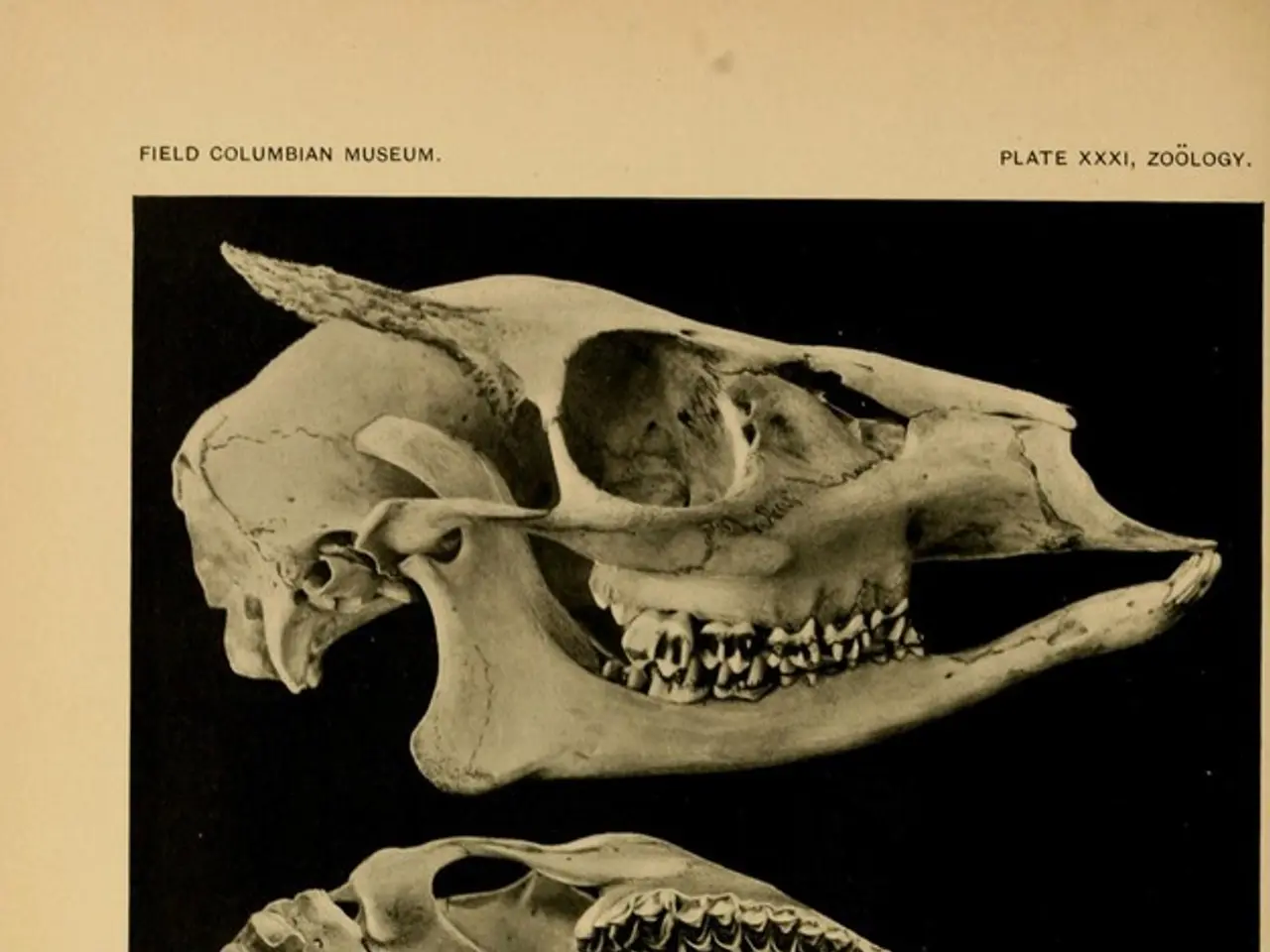International Team Maps Medulloblastoma Genes, Opens Door to New Treatments
An international team, led by The University of Queensland's Diamantina Institute and WEHI in Melbourne, has created a genetic map of medulloblastoma, an aggressive childhood brain tumour. Funded by organisations including the US National Institutes of Health and the Seattle Children's Brain Tumour Endowment, this research was published in Genome Medicine with the DOI: 10.1186/s13073-021-00920-z.
The genetic map has revealed connections between genes that contribute to medulloblastoma, opening avenues for new treatments. Existing drugs targeting these connections could have a 'fantastic benefit' for children with this cancer. One such drug is Ixabepilone, originally developed by Bristol-Myers Squibb for breast cancer. In preclinical models, Ixabepilone significantly extended survival and showed a 'dramatic survival benefit'. Long-term, new therapeutics targeting proteins and pathways identified on the genetic map could be developed, further enhancing treatment options for medulloblastoma.
The genetic map of medulloblastoma, created by an international collaboration, has identified Ixabepilone as a potential treatment. This breast cancer drug has shown promising results in preclinical models. The map also paves the way for future therapeutics, potentially improving outcomes for children with this aggressive brain tumour.





